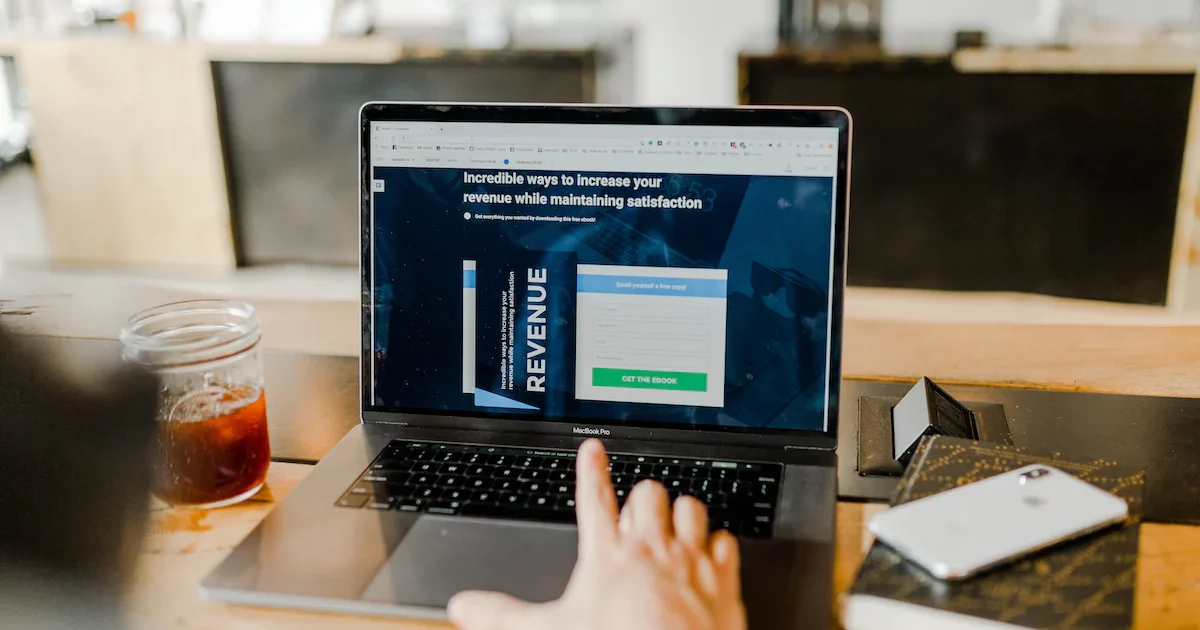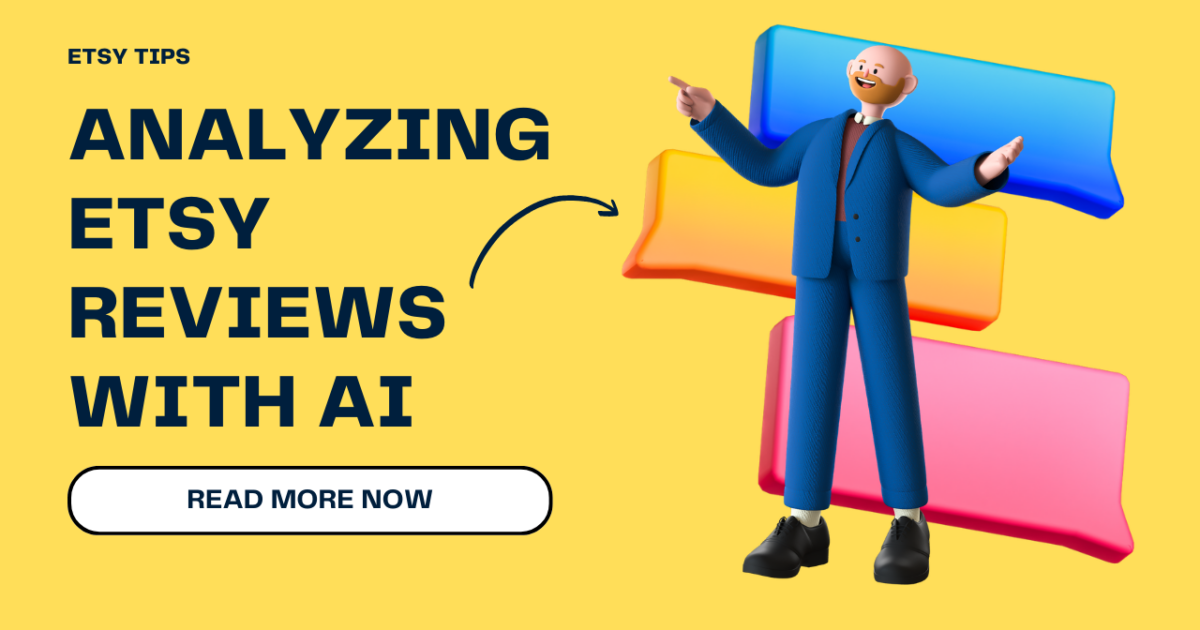Mastering Etsy Fee Basics: A Guide to Understanding and Minimizing Fees to Sell on Etsy

Understanding Etsy Fees
Selling on Etsy comes with various fees that sellers need to understand and navigate in order to maximize their profits. By gaining a clear understanding of the Etsy fee structure, sellers can effectively manage their expenses and make informed decisions about pricing their products.
Etsy fees refer to the charges imposed by the platform for using its services. These fees are essential for maintaining the marketplace and providing sellers with a platform to showcase their handmade or vintage items. It's crucial for sellers to comprehend the different types of fees associated with selling on Etsy.
The Etsy fee structure consists of several components, including listing fees, transaction fees, payment processing fees, currency conversion fees, and advertising fees. Each fee serves a specific purpose and is calculated differently.
Listing fees are charged for each item listed on Etsy. They help cover the cost of maintaining product listings on the platform. Transaction fees, on the other hand, are a percentage of the item's sale price and are charged when a sale is made.
Understanding these basic concepts is vital for sellers as they determine how much they will be charged when selling on Etsy. By familiarizing themselves with the fee structure, sellers can make informed decisions about their pricing strategies and take steps to minimize their overall expenses.
Exploring Etsy's Fee Structure
Etsy's fee structure consists of various types of fees that sellers should be aware of when selling on the platform. Understanding these fees is essential for managing costs and optimizing profitability.
Understanding the different types of fees on Etsy
The primary fees on Etsy are listing fees and transaction fees. Listing fees are charges applied to each item listed on the platform. These fees help cover the cost of maintaining product listings, regardless of whether an item sells or not. It's important to note that listing fees can vary depending on factors such as the duration of the listing and any promotional features added.
Transaction fees, on the other hand, are a percentage of the item's sale price. When a seller makes a sale, Etsy deducts a transaction fee from the total amount received. This fee covers the cost of processing payments and providing customer support.
In addition to listing and transaction fees, there are other additional fees that sellers may encounter. Payment processing fees are charged for each transaction made through Etsy's payment system. These fees vary based on factors such as the seller's location and the buyer's payment method.
Currency conversion fees may also apply if a buyer's currency differs from the seller's currency. In such cases, Etsy applies a fee based on the current exchange rate to convert funds into the seller's currency.
Lastly, advertising fees may be incurred if sellers choose to promote their listings through Etsy Ads or other advertising options provided by the platform. These advertising services come at an additional cost but can help increase visibility and attract more potential buyers.
How Listing Fees and Transaction Fees Work
Listing fees are straightforward – they are charged for each item listed on Etsy, regardless of whether it sells or not. Sellers should consider these costs when deciding how many items to list and factor them into their pricing strategies.
Transaction fees, however, are only charged when an item sells. They are calculated as a percentage of the item's sale price, including any shipping fees. It's important to note that transaction fees also apply to additional charges, such as gift wrapping or customization fees.
Understanding how listing fees and transaction fees work is crucial for sellers to accurately calculate their costs and determine their profit margins. By keeping these fee structures in mind, sellers can make informed decisions about pricing their products and optimizing their profitability.
Payment Processing and Currency Conversion on Etsy
When selling on Etsy, it's important to understand the payment processing fees and currency conversion fees that may be incurred during transactions. Being aware of these fees can help sellers effectively manage their costs and minimize expenses.
Understanding payment processing fees on Etsy
Etsy charges a payment processing fee for each transaction made through its platform. This fee covers the cost of securely processing payments and providing customer support services. The specific amount of the payment processing fee varies depending on factors such as the seller's location and the buyer's chosen payment method.
It's important for sellers to consider these fees when pricing their products and calculating their profit margins. By factoring in the payment processing fees, sellers can ensure they are accurately accounting for all costs associated with selling on Etsy.
Currency conversion fees on Etsy
In cases where a buyer's currency differs from the seller's currency, Etsy applies a currency conversion fee. This fee is based on the current exchange rate at the time of the transaction and helps cover any additional costs associated with converting funds into the seller's currency.
Currency conversion fees are important to note, especially for international sellers or those catering to buyers from different countries. It's essential to consider these fees when setting prices and determining shipping costs to ensure that all expenses are accounted for.
By understanding both payment processing fees and currency conversion fees, sellers can make informed decisions about their pricing strategies while minimizing overall expenses. It's crucial to factor in these fees when calculating profit margins to ensure that selling on Etsy remains profitable.
Minimizing Your Etsy Fees
As an Etsy seller, it's important to find ways to minimize your fees and maximize your profits. By implementing a few strategies, you can optimize your fee management and reduce the overall expenses associated with selling on Etsy.
Tips for reducing Etsy fees
One effective way to minimize your Etsy fees is by optimizing your listings. By creating compelling product descriptions, using high-quality images, and utilizing relevant tags and keywords, you can increase the visibility of your listings and attract more potential buyers. This can lead to higher sales volume, which in turn reduces the impact of listing fees on a per-item basis.
Consider bundling items or offering free shipping as well. Bundling similar products together allows you to sell multiple items in one transaction, reducing the number of individual listing fees incurred. Offering free shipping can attract buyers who are more likely to make larger purchases, increasing your average order value and offsetting some of the costs associated with transaction fees.
Promoting your shop without incurring additional fees
To drive traffic to your Etsy shop without incurring additional advertising fees, utilize social media and other marketing channels. Establish a strong presence on platforms like Instagram, Facebook, Pinterest, or Twitter to showcase your products and engage with potential customers. By sharing links to your Etsy shop through these channels, you can generate organic traffic without relying solely on paid advertising.
Focus on organic promotion methods such as content creation, collaborations with influencers or bloggers in your niche, or participating in relevant online communities. These approaches help build brand awareness and attract targeted audiences without the need for costly advertising campaigns.
By implementing these tips for minimizing Etsy fees and promoting your shop effectively, you can optimize your fee management while still reaching a wider audience of potential buyers.
Pricing Strategies Considering Etsy Fees
When setting prices for your products on Etsy, it's important to consider the various fees associated with selling on the platform. By factoring in these fees, you can ensure that your pricing is competitive while still allowing you to make a profit.
Factors to consider when pricing your products on Etsy
First and foremost, take into account all the fees imposed by Etsy. Consider listing fees, transaction fees, payment processing fees, currency conversion fees, and any other applicable charges. These costs should be factored into your overall pricing strategy to ensure that you are covering all expenses and still making a profit.
In addition to the fees, consider your production costs and time investment. Calculate how much it costs you to create each item and how much time is spent on production. This will help determine a baseline price that covers your expenses.
Lastly, think about your desired profit margin. Consider how much profit you want to make from each sale and adjust your prices accordingly. It's important to strike a balance between affordability for customers and profitability for yourself.
Strategies for pricing competitively while factoring in fees
To price competitively on Etsy while considering the associated fees, research similar products on the platform. Look at what other sellers are charging for similar items and use this information as a benchmark. This will give you an idea of market prices and help you position your products competitively.
Additionally, offer unique value propositions to justify higher prices. Differentiate your products by highlighting their unique features or offering additional benefits such as customization options or superior quality materials. By providing extra value, customers may be willing to pay a premium price.
Remember that pricing is not set in stone; it's an ongoing process that requires monitoring and adjustment. Regularly evaluate your pricing strategy based on sales performance, customer feedback, and changes in market conditions.
By considering all these factors and implementing effective pricing strategies that account for Etsy fees, you can optimize your pricing and maximize your profitability on the platform.
Mastering Etsy Fee Basics
By understanding and effectively managing Etsy fees, you can optimize your profitability as a seller on the platform. It's important to consider all the different types of fees associated with selling on Etsy and implement strategies to reduce them.
Etsy fees play a significant role in determining your overall expenses and potential profits. By familiarizing yourself with the fee structure, including listing fees, transaction fees, payment processing fees, currency conversion fees, and advertising fees, you can make informed decisions about pricing your products and ensure that you are covering all costs.
To maximize your profits, it's crucial to implement strategies that help minimize Etsy fees. Optimize your listings to increase sales and reduce listing fees by creating compelling product descriptions and using high-quality images. Consider bundling items or offering free shipping to attract buyers and increase average order value.
When promoting your shop, focus on organic methods such as utilizing social media and other marketing channels. This way, you can drive traffic without incurring additional advertising fees.
When pricing your products on Etsy, take into account all the associated fees along with factors like production costs, time investment, desired profit margin, and market prices. By researching similar products on Etsy and offering unique value propositions, you can price competitively while factoring in the fees.
By mastering Etsy fee basics and implementing effective strategies to minimize these fees, you can optimize your profitability as an Etsy seller.


-1200x630__7b852832a0c95e30c46c26ffbacafc2a__7b852832a0c95e30c46c26ffbacafc2a.png)


